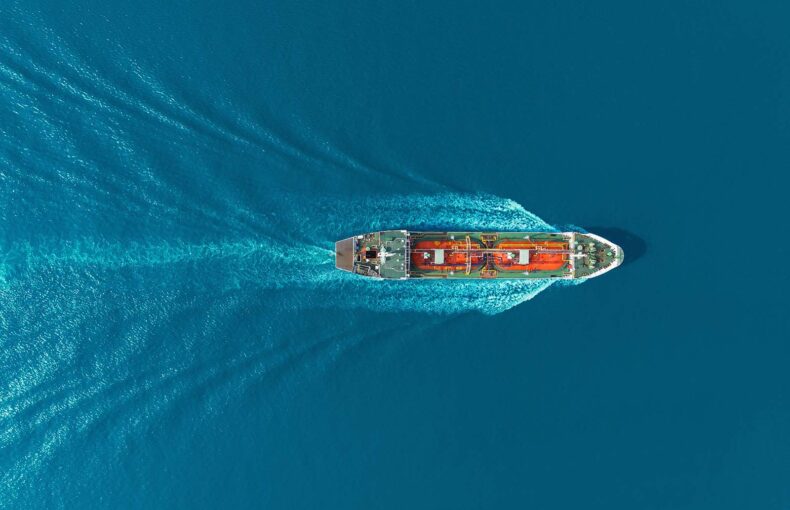Beta Begins: New solution delivers improved performance, quality, & innovation
Our new offering, Maritime 2.0, reduces duplicate MMSIs from 20% to 1%.
A journey of a thousand miles begins with a single step and at Spire Maritime we’re excited to take it! We’ve spent the last year talking with customers, improving our data quality, and revamping our Vessels API to deliver the data you need, when you need it. We’re excited to launch our beta testing of Spire Maritime 2.0. It has been a long journey in the making and the early results have us all very excited to share them far and wide.
Last week, we hosted the first in a series of webinars for our customers and beta testers where we explained the features and benefits of Spire Maritime 2.0. Our beta testing is in the early phases and the feedback has been encouraging. We’ve improved the quality of our data, integrated the latest technology, and built a more reliable, stable, and flexible API.
If you missed our webinar, you can watch it on demand here.
If you would like more information about our beta program and Spire Analytics, book a meeting with our team.
Why did we decide to change?
The Maritime industry is in growth mode and we are firmly committed to providing our customers with solutions that scale. We talked to you, we conducted market research, and you asked for three things: more coverage, precision at scale, and enablers to foster innovation.
These needs served as our North Star for Maritime 2.0. Our robust 100+ satellite constellation is delivering twice the number of messages we collected last year, so we aimed to increase terrestrial data as well and achieved a 20% increase. Here are a few benefits Spire Maritime 2.0 can deliver:
20% increase in global terrestrial data
3% increase in US Gulf terrestrial data
30 days of historical position queries
We’re cleaning up duplicate MMSIs and IMOs
“It’s the most requested new enhancement that is coming”
Olga Kadeshnikova
Spire Maritime Customer Success Manager.
Spire Maritime 2.0 introduces a logic that will clean up duplicate MMSIs and IMOs. With this new logic, we are able to identify which is the correct vessel track and remove the duplicates.
In the graph below, each color represents a single MMSI being tracked. In Maritime 1.0 you can see the duplicate MMSI tracking in red, lavender, and pink. Now we have cleaned up the duplicates in Maritime 2.0 to show elegant single lines of MMSI.

Let’s talk about new routing capabilities
Predicted ETA’s routing capabilities will be expanded in this version release. Currently, our Vessels API has the calculated ETA and coordinates of a route. Maritime 2.0’s Predicted ETA, will have multi-routing (due in Q4). With multi-routing, If you know the schedule of your vessel of interest, you will be able to input and see the route for the entire voyage. We will also provide the turnaround time from when the vessel gets into anchorage to the time it takes to get into the terminal.
Ask for exactly what you need
Spire Maritime 2.0 uses GraphQL, an open-source data query language to request and subscribe to only the data fields you are interested in. GraphQL is already used by some of the most innovative companies in the world to drive innovation. With GraphQL, there will now be a single point of integration versus multiple API’s and endpoints for Spire’s always expanding set of Maritime data.
Webinar poll supports migration
After presenting the changes and roadmap of the new solution, we polled webinar attendees and found most companies were ready for migration in the next 60 days.
What’s next?
We have more webinars planned for our customers and beta testers and look for more solutions updates in the coming weeks.
“We’re looking to solve problems for our customers before they become problems. It’s that simple. We want to deliver the best quality data in the best possible way.”
Share on Facebook Share on Twitter Share on LinkedIn
 Written by
Written by Ajay Singh
Ajay Singh


